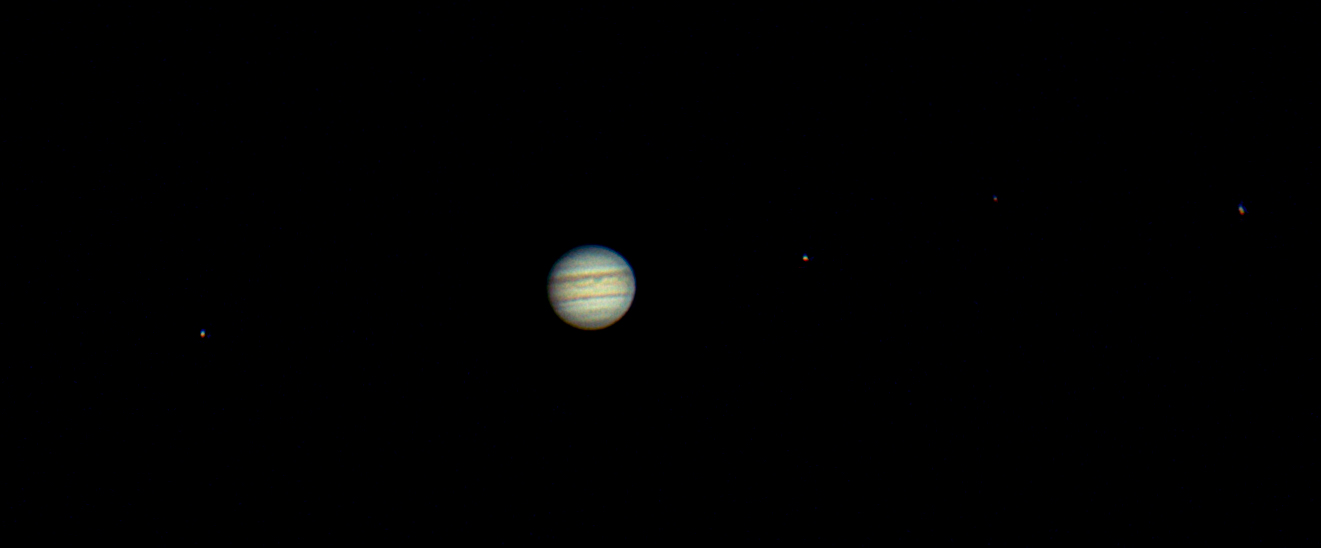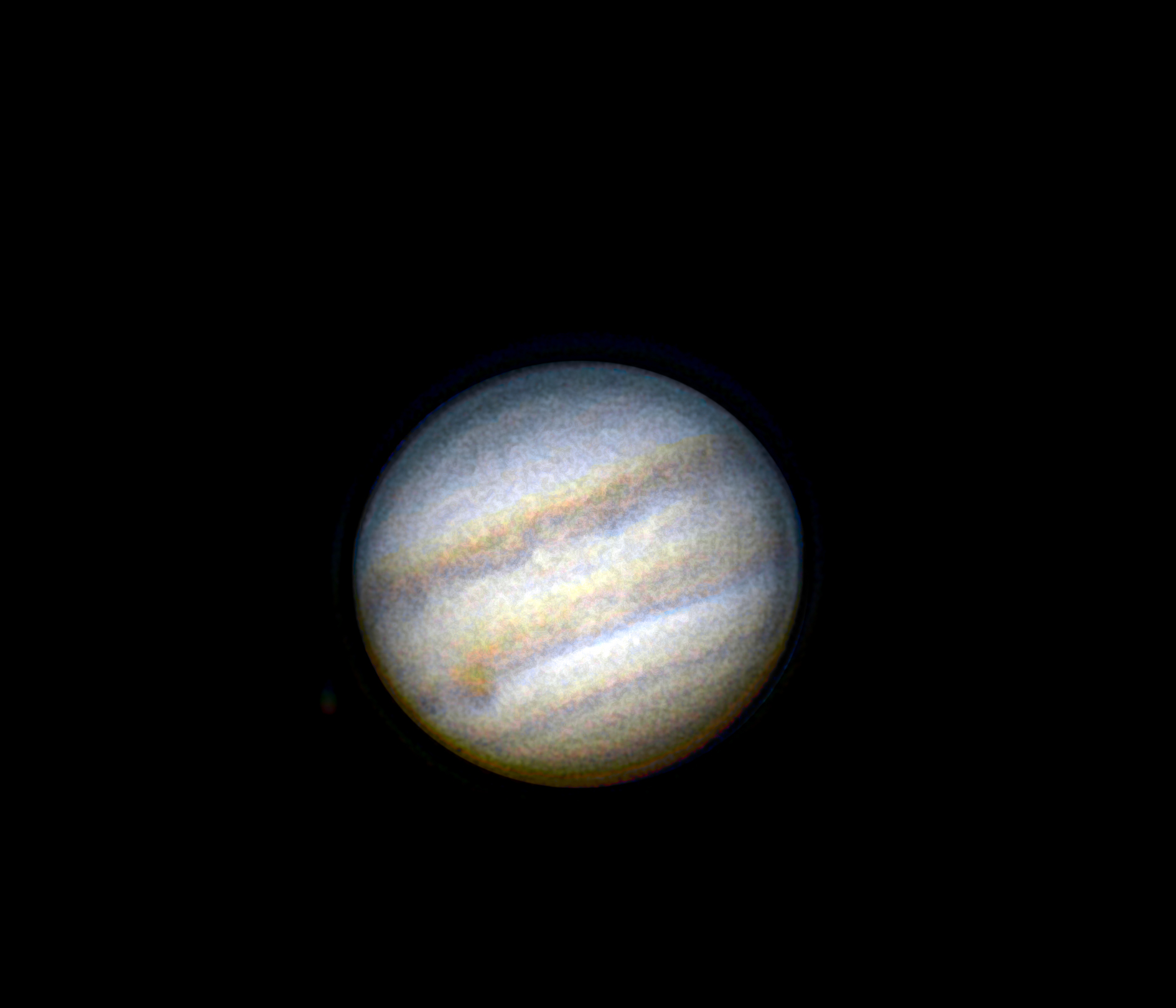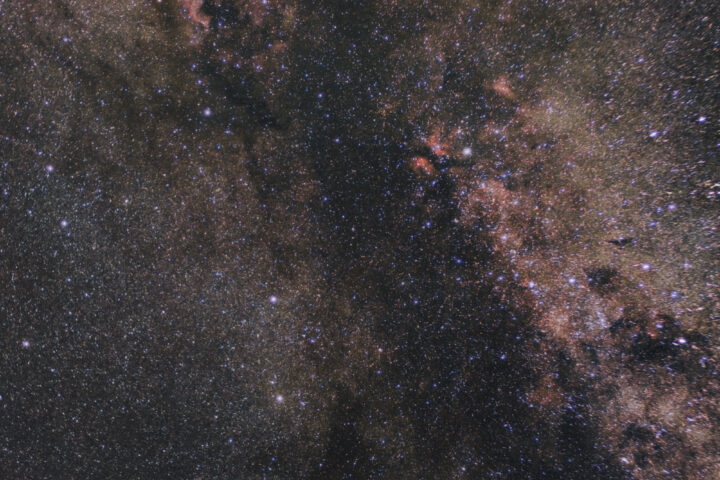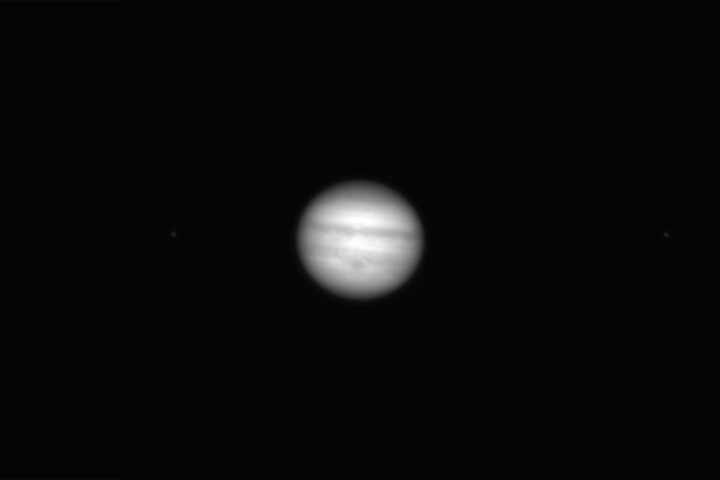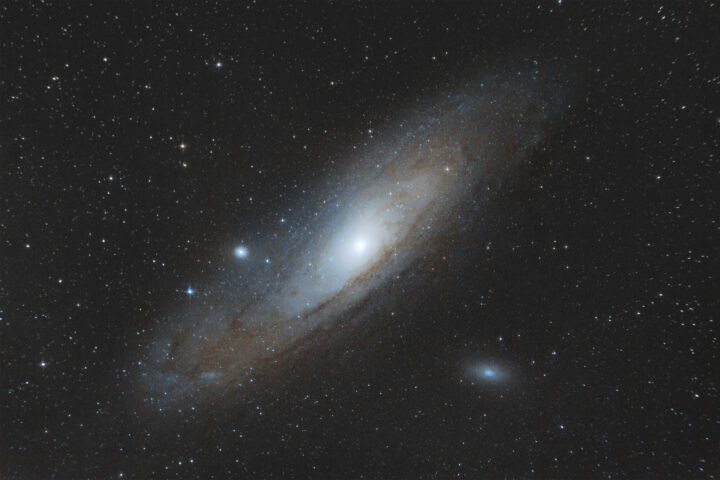I have already tried planetary imaging last summer, taking photos of Jupiter and Saturn with my camera and my 127mm Maksutov-Cassegrain telescope, using both prime focus and eyepiece projection.
However, last Christmas I bought a 2x Barlow lens to boost the focal length of my scope from 1500mm to 3000mm and I’ve been waiting to use it since then.
On June 10, at a quarter to 1 am, I finally put the Barlow lens to use and took my first planetary image of 2020. Here it is.
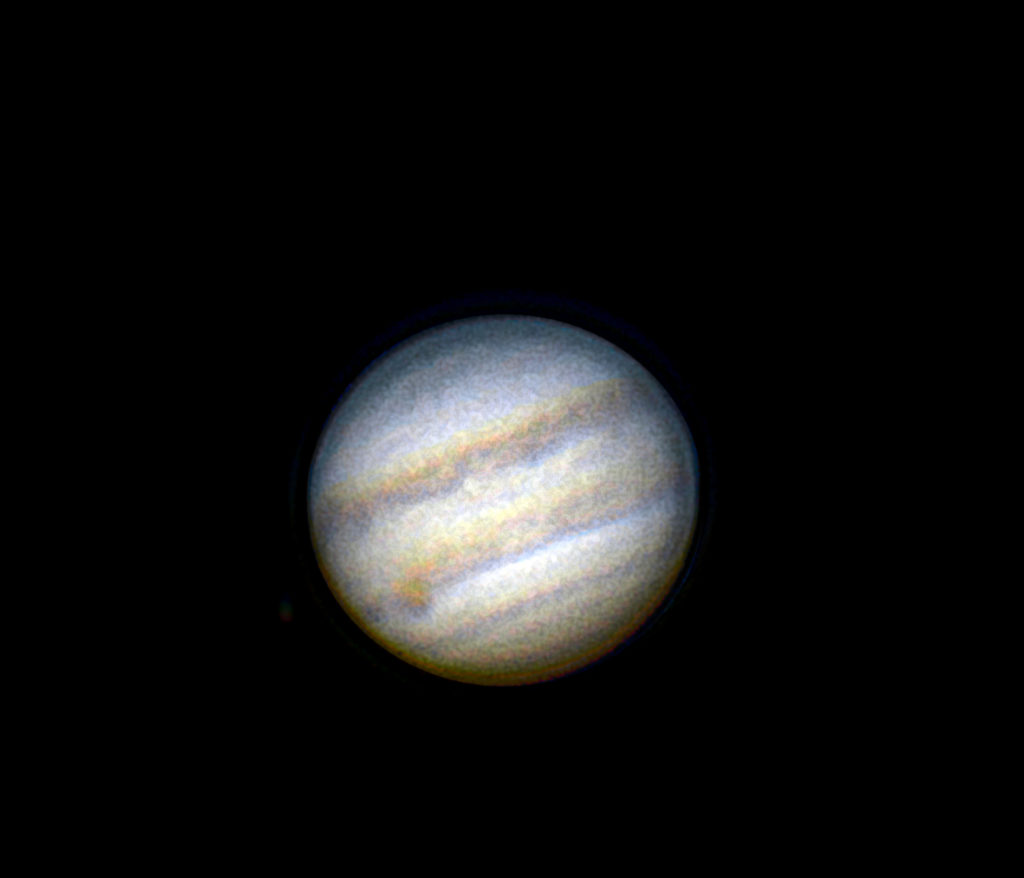
This photo was created by recording a 3 minute video and stacking the best 1700 frames of it.
I was comparing this picture to last year’s photos and noticed that, despite the use of the 2x Barlow, it was not as good as one particular image. Here are the photos side by side.
As you can see, the 2020 photo is much blurrier than the 2019 one and in the old image 4 satellites of the planet are visible.
Why is the old photo better than the new one?
As I mentioned before, the 2020 image is the result of stacking 1700 frames of a video, which was recorded in a compressed format since my camera does not have an uncompressed video feature.
Instead, the old one comes from about 180 RAW, uncompressed, photos.
The compression of the video must have reduced detail, affecting the quality of the final image, and must have made the already dim satellites impossible to see.
To confirm my theory I took another photo, still using the Barlow lens, but capturing RAW files, and the result was truly amazing.

As you can see, three satellites are visible and there is much more surface detail in this photo than in the one created from compressed video frames.
After this test, I am confident to say that a low number of RAW images gives a much better result than more, compressed images.

